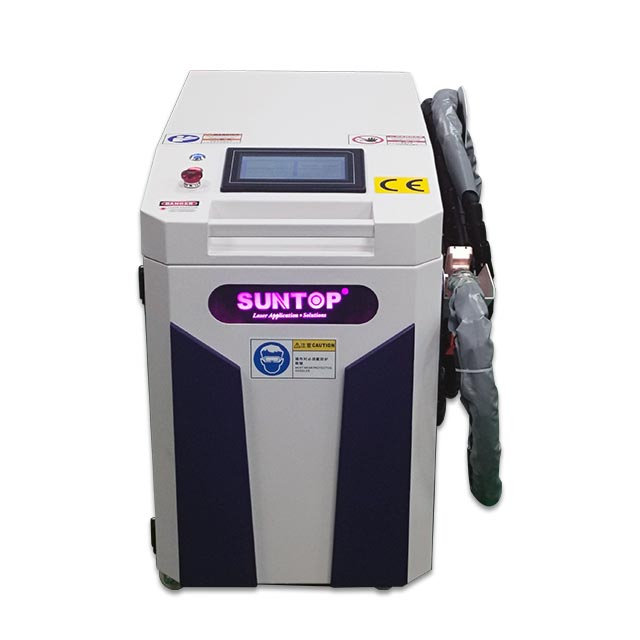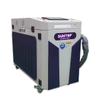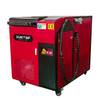When choosing a laser cleaning machine, you need to consider several factors to ensure that the equipment you choose can meet your specific needs.
1. Cleaning goals and application scenarios
Cleaning materials: Consider the type of material to be cleaned (such as metal, plastic, ceramic, etc.). Different materials have different requirements for laser parameters.
Pollution type: Determine the type of dirt to be cleaned (such as rust, paint, dirt, etc.) in order to select the appropriate laser wavelength and power.
Cleaning environment: Evaluate the environmental conditions for cleaning (indoor, outdoor, flammable and explosive, etc.), and consider the protective design of the laser equipment.
2. Laser type
Laser type: Commonly used laser types include fiber lasers, carbon dioxide lasers, and pulsed solid-state lasers. When choosing, you need to make trade-offs based on cleaning needs and material properties.
Wavelength: The laser wavelength affects the interaction between the laser and the target material, and needs to be selected according to the specific application.
3. Power and frequency
Output power: The greater the power, the higher the cleaning efficiency. Select the appropriate power according to actual needs.
Pulse frequency: The pulse frequency can affect the cleaning speed, and a higher frequency can improve the cleaning efficiency.
4. Cooling system
Cooling method: Laser cleaning machines usually generate heat. Choose an effective cooling system (such as water cooling, air cooling) to ensure stable operation of the equipment.
5. Convenience of operation
Interface and control system: Choose equipment with a user-friendly interface for easy operation and parameter setting.
Mobility: Consider the weight of the equipment and whether it is easy to move according to the actual situation of the cleaning site.
6. Equipment size and design
Size: The floor space occupied by the equipment needs to be considered to ensure that it is suitable for placement in the cleaning site.
Design firmness: Choose a durable design based on the frequency of use and environment to reduce maintenance costs.
7. Technical support and service
After-sales service: Choose a manufacturer that provides good after-sales service and technical support to ensure that problems during the use of the equipment can be solved in a timely manner.
Training support: Ensure that operators can use the equipment correctly and safely.
8. Budget and cost-effectiveness
Initial investment and long-term cost: In addition to considering the purchase price, it is also necessary to evaluate the maintenance cost, consumables cost and operating cost of the equipment.
Cost-effectiveness: Comprehensively consider the performance, quality and price of the equipment and choose the most cost-effective equipment.
By considering all the above aspects, you can more specifically choose the laser cleaning machine that suits you to meet different cleaning needs. Click here to contact Suntop Laser immediately to recommend a suitable laser cleaning machine for you.


































































